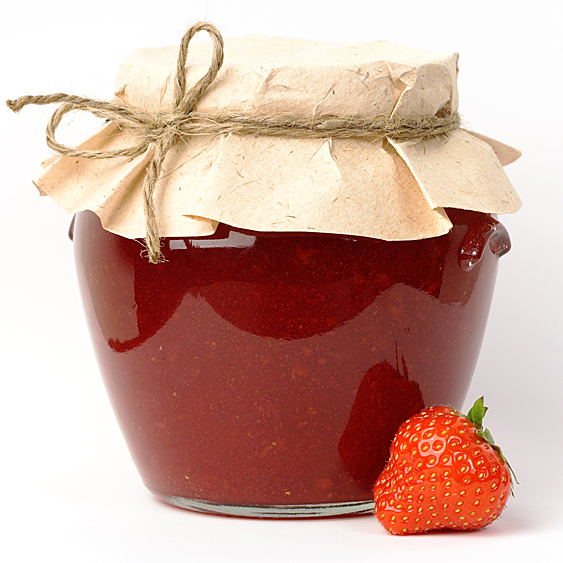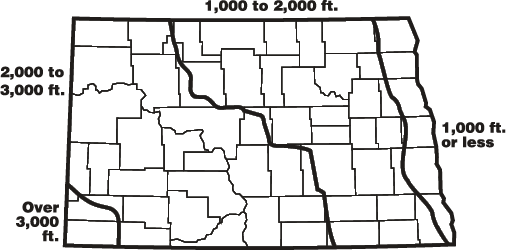Fresh fruits and juices may be used with commercially prepared powdered or liquid pectins. The order of combining ingredients depends on the type of pectin used. Complete directions for a variety of fruits are provided with the packaged pectin. Jelly or jam made with added pectin requires less cooking, generally gives a larger yield and has more natural fruit flavor. In addition, using added pectin eliminates the need to test for doneness. The following recipes usually are available with packaged pectins:
Jellies — Apple, crabapple, blackberry, boysenberry, dewberry, currant, elderberry, grape, mint, peach, plum, black or red raspberry, loganberry and strawberry.
Jams — Apricot, blackberry, boysenberry, dewberry, loganberry, red raspberry, youngberry, blueberry, cherry, currant, gooseberry, grape, orange marmalade, peach, pear, plum and strawberry.
Additional recipes may be available by calling the consumer number listed on the pectin package insert.
Be sure to use Mason canning jars and self-sealing, two-piece lids, and be sure to process the jars in boiling water as described in Table 3. Purchase packaged pectins needed each year. Old pectins may result in poor gels.
Table 3. Recommended processing time in a boiling water-bath canner for jellies and jams.
|
Product
|
Style of pack
|
Jar size
|
Process time at altitudes of
|
|
0-1,000 ft (minutes)
|
1,001-6,000 ft (minutes)
|
|
All jellies and jams with or without added pectin
|
Hot
|
Half-pints and pints
|
5
|
10
|


